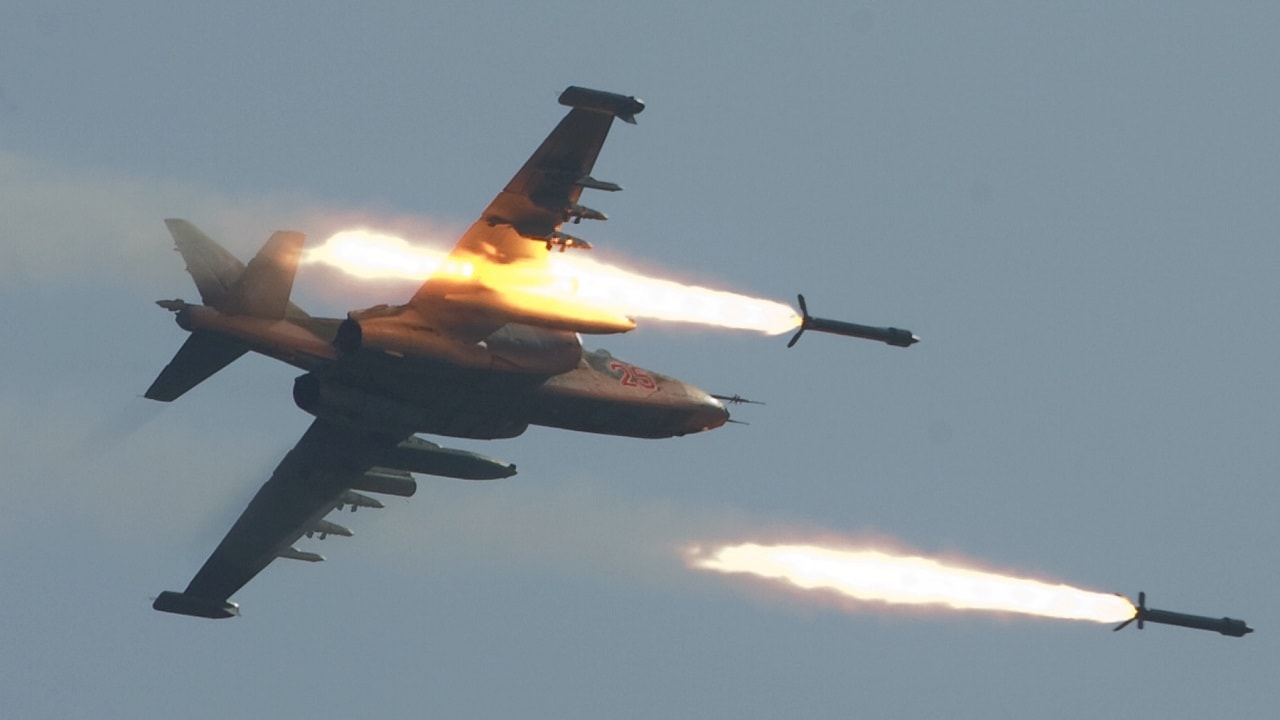Last month, a 7.8-magnitude earthquake that devastated areas in Turkey reached across the border into northern Syria. For a country largely destroyed by civil war for more than a decade, the damaging impacts of the natural disaster will be felt for years to come. Syrian officials have reported that at least 5,800 people have died and thousands more were injured after the earthquake struck. Widely circulated images of entire villages collapsed, packed hospitals, and orphaned children can only relay a small extent of the devastation actually endured by those impacted.
Even before the earthquake struck, the United Nations reported that roughly 4.1 million Syrians were in need of humanitarian aid due to the ongoing civil war plaguing the country. Since the onset of the conflict, Syria has evolved into a battlespace for proxy groups and foreign actors. Even more disheartening, the authoritarian Assad government remains in place, despite its disturbing track record.
The Syrian Civil War – How Did We Get Here?
Although the start of the Syrian Civil War officially erupted in 2011, years of unrest swept the country for many years prior. In the early 2000s, Syrians took to the streets to protest against high rates of employment, corruption, and an absence of political freedom under President Bashar al-Assad. By 2011, successful uprisings across the region known as the Arab Spring toppled both Tunisia and Egypt’s presidents. The revolutionary movement swept throughout the Middle East, ultimately impacting Syria.
The Assad government brutally cracked down on demonstrators, further infuriating Syrian civilians. Within a few months, defectors from Assad’s military established the Free Syrian Army – a rebel group designed to topple the Assad government.
Proxy Groups and Foreign Actors Exploited the Power Vacuum
When the conflict in Syria evolved into a full-blown war, foreign actors began to pour in. Iran and Moscow joined to support the Assad regime while the U.S., Turkey, Saudi Arabia, and others backed the rebel fighters. The rebel supporters recognized the Free Syrian Army as the legitimate representative of the Syrian people.
The rebels’ progress was ultimately stymied by the emergence of competing anti-government groups, and the fact the Assad family remained in place.
The chaos that followed the onset of the conflict also set up a power vacuum that terror groups would exploit. As summed up by the Council on Foreign Relations, “Three campaigns drive the conflict: coalition efforts to defeat the Islamic State, violence between the Syrian government and opposition forces, and military operations against Syrian Kurds by Turkish forces.”
The Emergence of ISIS in Syria Worsened the Already-Dire Civil Conflict
The Islamic State (ISIS) began seizing control of Syrian territory in 2013. Over the next few years, the terror group began to carry out widespread attacks throughout Europe, leading the U.S. and its allies to expand its air campaign fighting ISIS in Iraq to include Syria. Although ISIS no longer has control over any territory in Syria, sleeper cells continue to wage attacks in the country.
Last month, U.S. CENTCOM released a statement detailing ISIS activities in Iraq and Syria. Overall, the U.S. conducted 15 joint operations and 2 solo operations detaining 11 ISIS operatives and killing 5 more. The press release also noted that “Without continued counterterrorism pressure, ISIS efforts to recruit and reconstitute would regain momentum, and the group would reconstitute its ability to plot attacks against the region, our allies, and American interests abroad. We remain focused on building local partner forces’ capabilities to prevent ISIS resurgence.”
Russia and Iran Continue to Support the Assad Government
Throughout the Civil War, Russia and Iran have remained key allies of the Assad regime. In 2015, Moscow launched an air campaign in support of the government that was considered to be a critical turning point in the conflict. The Iranian regime has also supported the Assad government through monetary aid, military personnel, and training.
Indiscriminate airstrikes carried out by Syrian-Russian military forces on critical civilian infrastructure persisted well into 2022. Israel and the U.S. have also carried out numerous airstrikes in Syria targeting Iranian assets and facilities.
While the earthquake alone has had devastating implications for the Syrian people, the country has been struggling for decades. As of 2022, nearly 15 million people living in Syria were in need of some form of humanitarian aid. According to the United Nations, roughly 5 million Syrians are classified as being in catastrophic need.
The poverty rate in Syria reached an unprecedented 90 percent over the last two years, causing the price of essential items and needs to skyrocket. Additionally, the World Bank estimated that almost one-third of all homes in Idlib and Aleppo were uninhabitable or destroyed in 2017. Following the brutal earthquake, this number is likely much higher.
Maya Carlin, a Senior Editor for 19FortyFive, is an analyst with the Center for Security Policy and a former Anna Sobol Levy Fellow at IDC Herzliya in Israel. She has by-lines in many publications, including The National Interest, Jerusalem Post, and Times of Israel.

